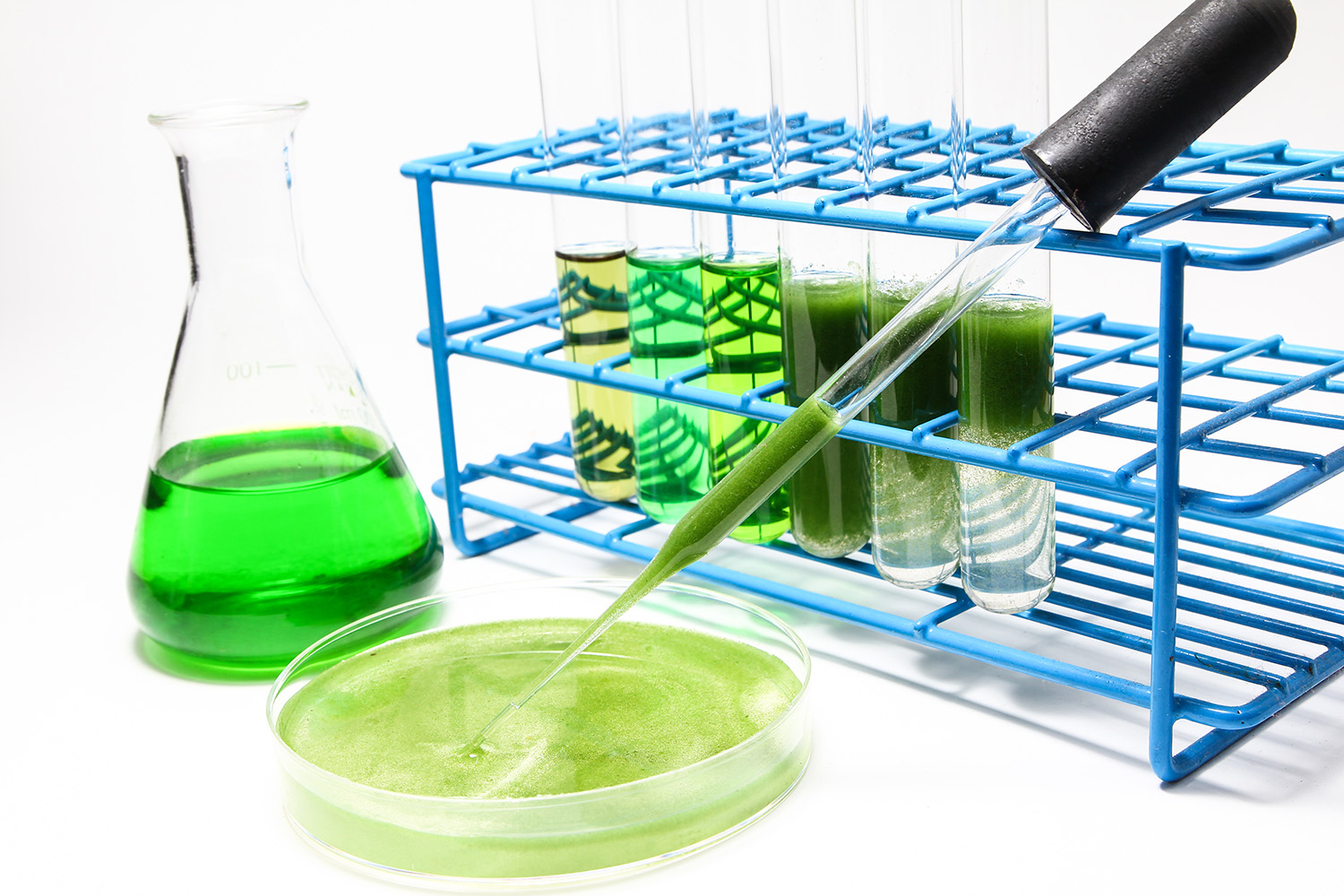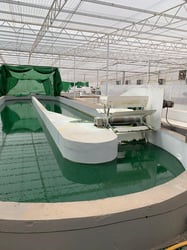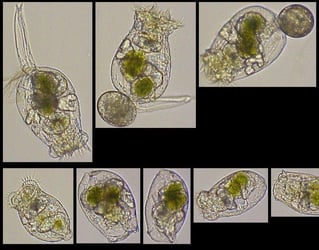High production rates of traicylglycerol (TAG), a lipid produced in microalgae, is a desirable trait in microalgae selection and cultivation. TAG is used in a variety of applications ranging from biodiesel production to omega-3 fatty acid supplements.
In a study published in Biotechnology for Biofuels (Cabanelas et al., 2016), Chlorococcum littorale, a strain of microalgae with increased triacylglycerol (TAG) productivity, was identified and analyzed. The cellular properties of the strain were imaged, favorable sub-populations were isolated, and confirmed for increased TAG productivity.The diameter, autofluorescence and lipid-dependent fluorescence of Chlorococcum littorale were measured and imaged using the FlowCam. Imaging flow cytometry confirmed that less-favorable strains with lower TAG productivity were removed using the developed strategy.
Interested? Learn how the FlowCam can be used in microalgae selection and cultivation.
REFERENCES
Cabanelas, I.T.D., van der Zwart, M., Kleinegris, D.M.M., Wijffels, R.H., Barbosa, M.J., 2016, Sorting cells of the microalga Chlorococcum littorale with increased triacylglycerol productivity. Biotechnology for Biofuels, 9:183.










